Introduction:
The roots of education are bitter, but the fruit is sweet.” – Aristotle
According to UNICEF, the early years of a child’s life are crucial as they facilitate the formation of over 1 million neural connections per second. These connections serve as the foundation for memory consolidation in the human brain. Remarkably, this rapid pace of neural growth is unmatched at any other stage of life. Therefore, it is evident that holistic development in early childhood plays a fundamental role in shaping an individual’s cognitive abilities, setting the stage for future learning and growth.
For example, a student studying for a difficult exam might face long hours of studying, sleepless nights, and sacrifice of leisure activities. However, when they achieve a high score on the exam, their hard work pays off, and they experience the sweetness of success, gaining knowledge and a sense of accomplishment.
But achieving high-grade marks is not enough these days. People need to develop all around to face the competitive world. Holistic Development in Early Childhood plays a clear path to their future success.
Imagine constructing a house where the study receives meticulous attention, but the other rooms lack purpose and connection. The result is a home that lacks harmony and fulfillment. Similarly, solely emphasizing a child’s academic abilities neglects their holistic development.
While reading and writing skills are important, emotional expression and physical well-being are equally crucial. To unlock a child’s full potential, education must address all aspects of holistic development in early childhood, fostering a well-rounded and successful individual
Keeping this in mind NEP 2020 encourages the holistic development in early childhood of the students.
This article brings you into the holistic development in 5 aspects of life. Let’s explore each of them in detail.
What is Holistic Development?
Holistic development refers to the growth of the whole child, including their social, emotional, physical, intellectual, and spiritual development.
Embracing a holistic approach to education entails nurturing all facets of a child’s development beyond academics. It encompasses my intellectual, emotional, social, and aesthetic aspects too.
Crucially, it prioritizes establishing the child’s overall well-being, recognizing that their flourishing encompasses various interconnected dimensions. By addressing the whole child, holistic education strives to foster their comprehensive growth and optimal potential.
Effective learning is impossible without well-being. Imagine trying to learn history with a pounding headache or solving math problems while exhausted. It becomes challenging.
Similarly, children must feel healthy, safe and cared for to learn effectively. Their overall well-being is paramount for optimal learning outcomes. Children can engage, absorb knowledge, and thrive academically when their basic needs are met. Prioritizing their well-being creates a foundation for successful learning experiences.
Why Holistic Development in early childhood is important?
In contrast to traditional education, holistic development prioritizes a child’s overall growth, considering their personality and academics equally. Holistic development in early childhood holds great importance because of it:
- Expanding a child’s perspective and mindset enables them to see the world in a broader sense.
- Nurtures self-confidence and helps children reach their full potential.
- Allows children to utilize multiple skills simultaneously and grasp more complex concepts.
- Encourages the development of critical thinking and problem-solving abilities in the classroom.
- Inspires and motivates children to learn and understand concepts through hands-on experiences.
- Recognizes that holistic development is vital for preparing young individuals to thrive in a constantly evolving world. Today’s job market values diverse talents and personal qualities alongside academic grades, emphasizing adaptability and success in various positions.
What are the Five Aspects of Holistic Development?
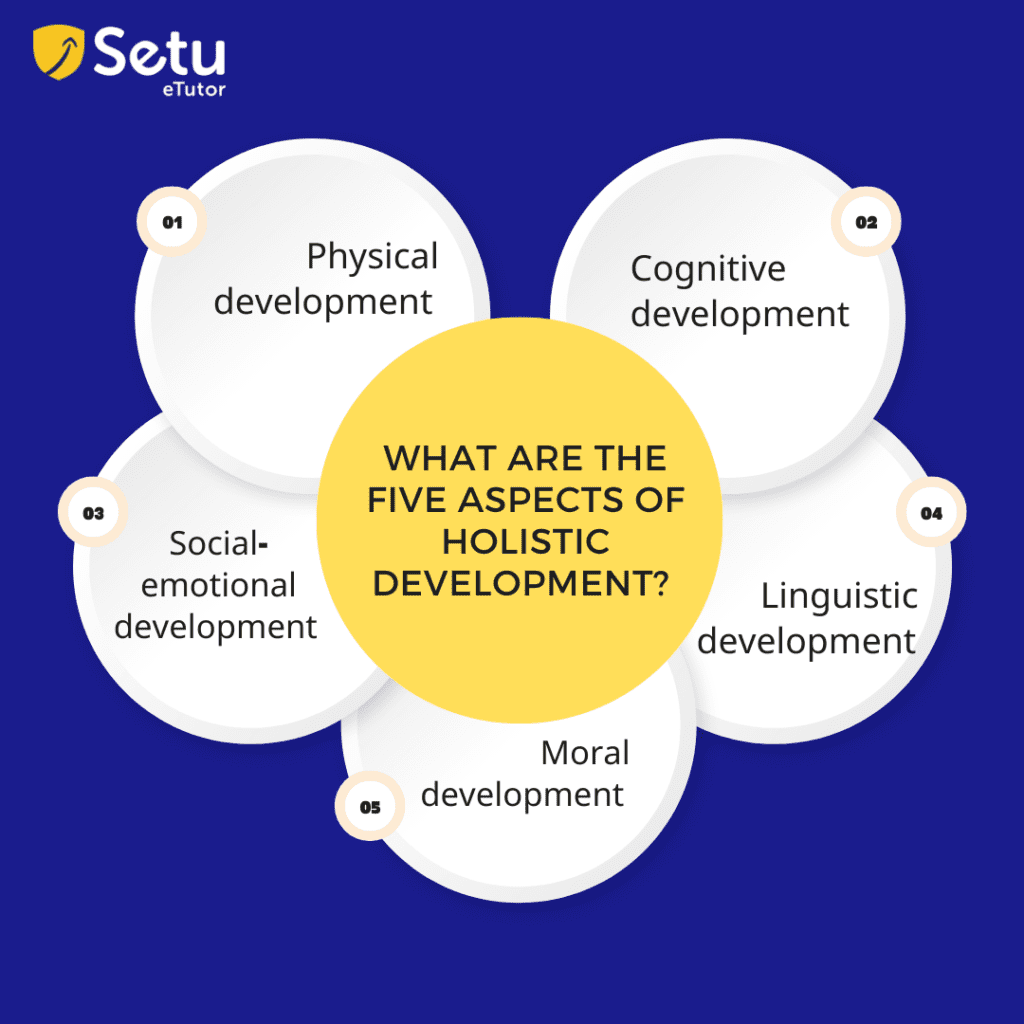
The following are the five key areas of holistic development are:
- Physical development
- Social-emotional development
- Cognitive development
- Linguistic Development
- Moral Development
Physical development:
Physical development in children encompasses movement and exercise, which is crucial for their overall health. Regular physical activity promotes proper blood circulation, allowing the child’s brain to function actively.
It comprises gross motor development, involving movements like walking, running, jumping, and climbing, and fine motor development, which focuses on precise hand and finger movements for tasks like tying knots, writing, and drawing
Children learn to use the toilet during early infancy, typically within the first two years. However, the timing can vary, with some showing interest around age two and others taking months longer.
It is important to note that the child’s physical and emotional readiness is more significant than their age. If toilet training is initiated too early, it may take longer for a child to become fully trained. Taking breaks and retrying later if a child continues to struggle or is unsuccessful after a few weeks is recommended.
Sensory development is also part of holistic development, involving the senses of taste, sight, touch, smell, hearing, and balance. The brain receives and processes information from the environment through these senses, contributing to overall sensory development.
To promote physical development and sensory skills in children:
What do parents do?
- Parents can engage in activities like taking their children to the park for evening playtime, organizing picnics, discussing the taste and smell of various things, and showing them pictures to enhance recognition.
- They can also show family photos and ask children to identify individuals.
What do teachers do?
- Teachers can facilitate physical development by teaching drawing, colouring, and organizing playground games like climbing monkey bars and playing hide and seek.
- They can also teach cursive writing and other fine motor skills to enhance coordination and agility.
Social-emotional development:
Social-emotional development is crucial as it encompasses a child’s emotional well-being, identity formation, independence, cooperation, and interaction skills. It serves as the foundation for all other areas of learning. When children possess confidence, they feel empowered to learn anything.
This holistic development facet begins naturally when a baby is born. Through interactions with caregivers, they form attachments that shape their future relationships.
Establishing a child’s well-being is the primary prerequisite for learning. Children cannot effectively engage in learning without a sense of safety and trust. Trust can be nurtured by providing consistent routines (occasional flexibility), showing respect, and allowing safe exploration.
Key elements of social-emotional development include:
- Expressing and understanding emotions effectively.
- Forming caring and secure relationships with others.
- Experiencing life positively and healthily.
- Cultivating emotional well-being.
Focusing on social-emotional development lays a strong foundation for children to thrive emotionally, socially, and academically.
To promote social-emotional development in children:
What do parents do?
- Parents can organize trips, picnics, or get-togethers with relatives to provide opportunities for socializing and learning about different cultures.
- Attending parties can also help children understand how to interact with others and present themselves.
- Encouraging communication skills, teaching them to greet others, and discussing current events can enhance their social awareness.
What do teachers do?
- Teachers can play a role in social-emotional development by teaching children to engage in introductory conversations like saying, “Hello, how are you?” They can foster teamwork and cooperation by assigning tasks and dividing students into groups to work on projects or activities. It encourages collaboration and understanding the importance of working as a team.
Cognitive development:
Cognitive development is intricately linked to a child’s brain development and involves their ability to comprehend concepts, think critically, analyze information, solve problems, and express their thoughts effectively. It encompasses skill acquisition and progression across all domains.
By the age of three, a child’s brain has already grown to 80% of its adult size, and by five years old, 90% of their brain is already matured. This accelerated brain development enables children to absorb and retain information more efficiently. Language and speech development also play a vital role in cognitive development.
To promote cognitive development:
What do parents do?
- Parents can facilitate language development by conversing with their children in their mother tongue or a secondary language like English.
- They can also teach problem-solving skills by helping children navigate conflicts with their friends.
- Providing toys like puzzle boxes and exposing them to informative cartoon shows can enhance their thinking.
- Encouraging their curiosity and actively responding to their questions without ignoring them is important.
What do teachers do?
- Teachers can assess children’s understanding of concepts through follow-up questions after teaching.
- Encouraging innovation and creativity can be achieved by assigning tasks related to specific concepts like mountains, rivers, sky, and trees and asking children to create something incorporating all of them.
- Group activities and educational visits to museums can further enrich cognitive development.
- Assigning speech topics like “family” encourages children to research and present their findings.
Linguistic Development:
Linguistic development is the final component of holistic development and involves the acquisition and comprehension of language. It begins with listening and understanding, as infants focus on their caregiver’s face and recognize language sounds. Gradually, they connect words with meaning in familiar contexts. Linguistic development encompasses language listening, comprehension, language production, and literacy skills, enabling children to communicate and engage with the world around them effectively.
To promote linguistic development, both parents and teachers should:
- Engage in frequent and meaningful interactions with children, utilizing a diverse range of vocabulary and introducing new words regularly.
- Enhance language learning by incorporating visual aids such as pictures and pictograms. Constantly verbalize actions, objects, and feelings to reinforce language comprehension. Incorporate music, drama, and movement activities like songs, rhymes, and puppet theatre to promote language development.
- Pose open-ended questions that encourage children to express their thoughts and engage in conversation, avoiding simple “yes or no” inquiries.
- Motivate children to speak, describe things, ask and answer questions, and share their stories. Provide positive feedback to encourage and reinforce language learning.
Moral Development:
Moral development encompasses the growth of an individual’s understanding of right and wrong, which includes the development of manners. It is crucial in fostering self-esteem, self-respect, and character building. Individuals can navigate ethical choices and contribute positively to society by cultivating a strong moral compass.
To promote moral development:
What do parents do?
- Parents can instil good manners and hygiene practices in children, teaching them to respect others, eat properly, and encourage them to help others, such as passing objects or assisting with household tasks.
- Avoiding fights and resolving conflicts peacefully are important lessons to impart.
What do teaches do?
- Teachers can organize regular moral value classes, daily or weekly, to teach values through interactive games and storytelling.
- Students can better understand and internalize moral principles by incorporating engaging activities, fostering their character development.
Conclusion
By embracing a holistic approach to education, all dimensions of a child’s growth converge, fostering the development of transversal skills. These encompass various abilities, work ethics, personal attributes, and comprehensive understanding.
A holistic education cultivates the capacity to establish connections between seemingly unrelated subjects, devise inventive solutions, and undertake intricate projects, resulting in well-rounded individuals prepared for the complexities of the modern world.
We also assist schools, teachers, and parents in fully nurturing students academically and professionally. To learn more about our platform, please get in touch with us or schedule a demo by clicking here.

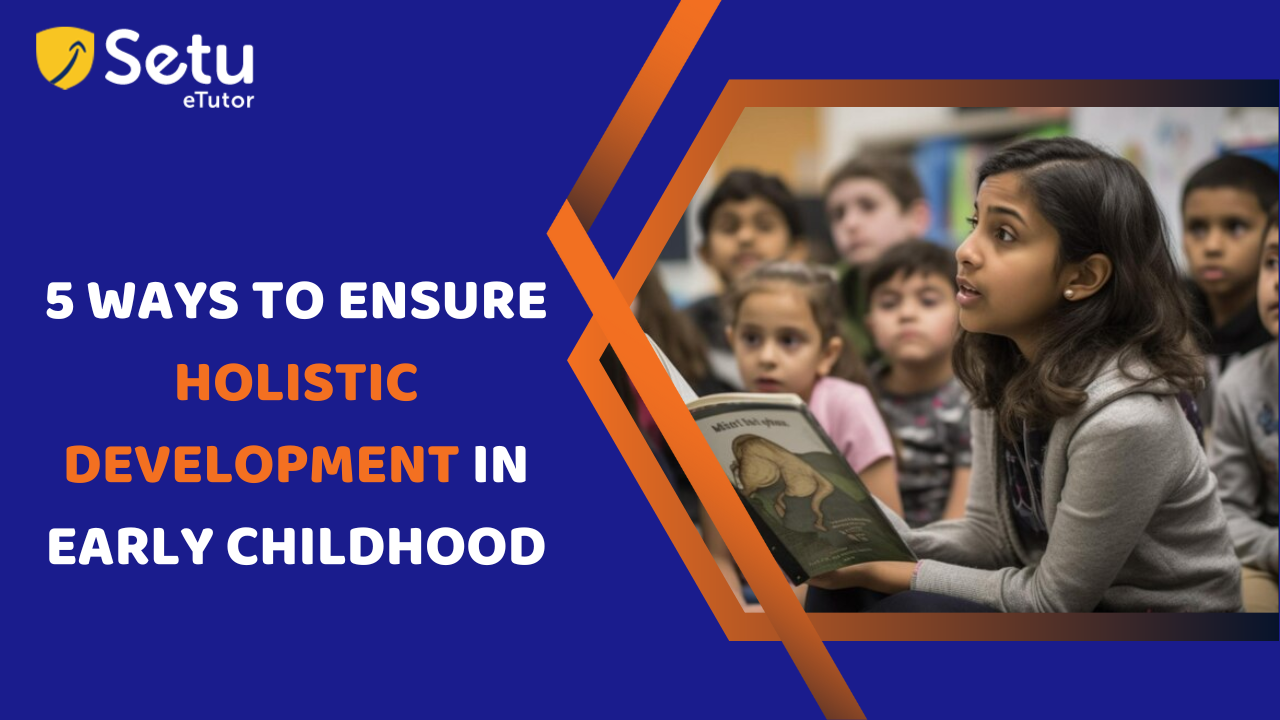
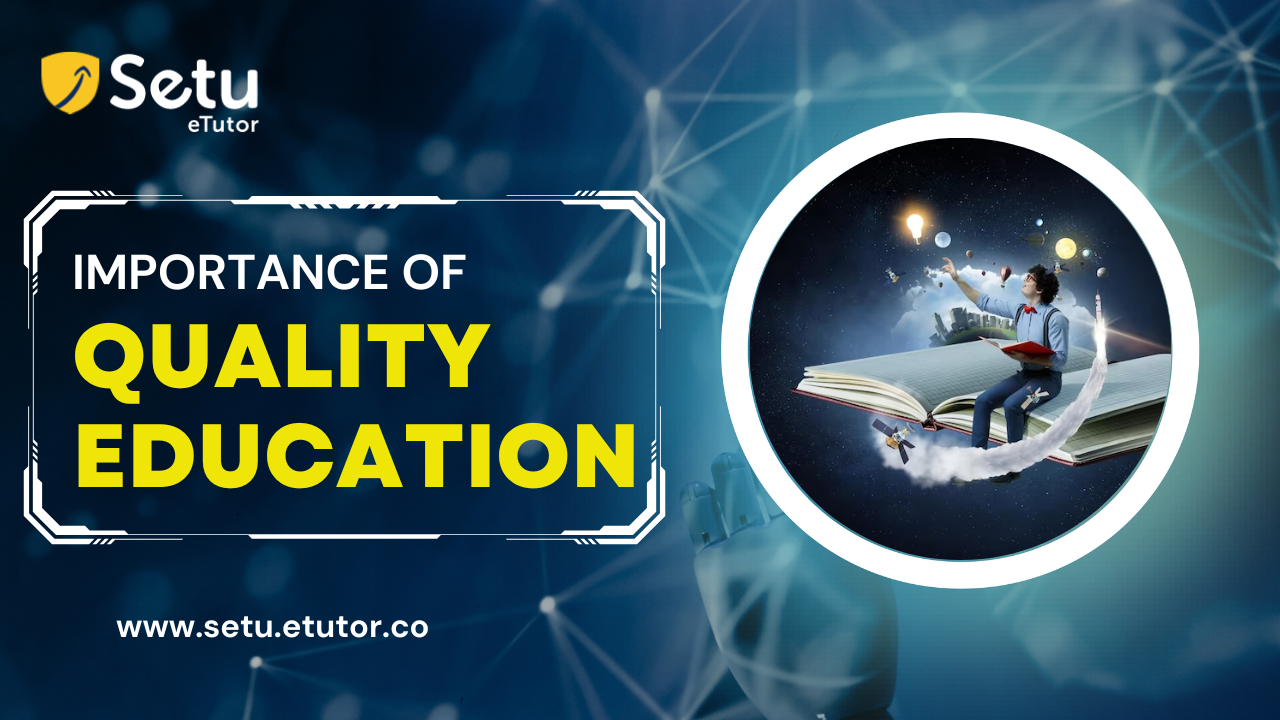


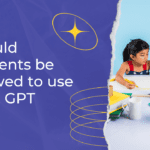
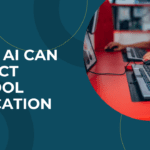

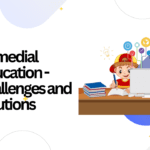
Leave a reply